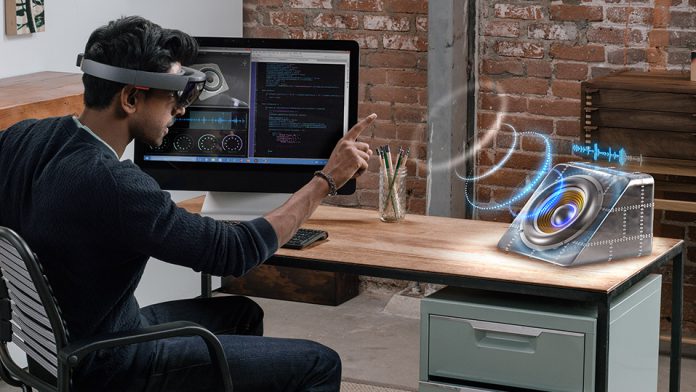Among them is a limited preview of two business-oriented apps. As we reported earlier in the week, Remote Assist and Microsoft Layout debut for businesses. The former lets employees guide others through complex tasks via a call to the headset, while the second lets users plan office layouts in the real space. The rest of the update is also focused on the enterprise, which makes sense. Organizations and developers are likely the main customers for the developer edition, which costs thousands of dollars. In that vein, Microsoft is adding several tools for IT admins. They’ll be able to secure, provision, manage, and update all HoloLens devices in their organization. The update adds support for management solutions like Intune, which lets them automate such tasks.
Developers and End Customers
Developers are also getting improvements, mainly in the areas of spatial mapping, automatic focus point selection, and project modes. Of course, Microsoft is also rolling out new APIs to help them tailor apps, as well as a research mode. Research mode will let developers access Hololens sensors during academic and industrial applications to test how robotics and computer vision can be applied. The idea is to foster innovation and a community. However, end customers haven’t been forgotten about entirely. The update enables the auto-placement of new content for seamless switching between real-world and mixed reality experience. It also lets users control apps more fluidly, enabling easy resizing, movevement, and rotation. Improvements have also come to spatial audio, improving it in noisy environments, voice gestures have been added, and apps like Holograms, Photos, and File Explorer mesh better with Mixed Reality. You can manually update your HoloLens via the Windows Device Recovery Tool, or wait for it to roll out automatically soon. The full changelog is available here.




